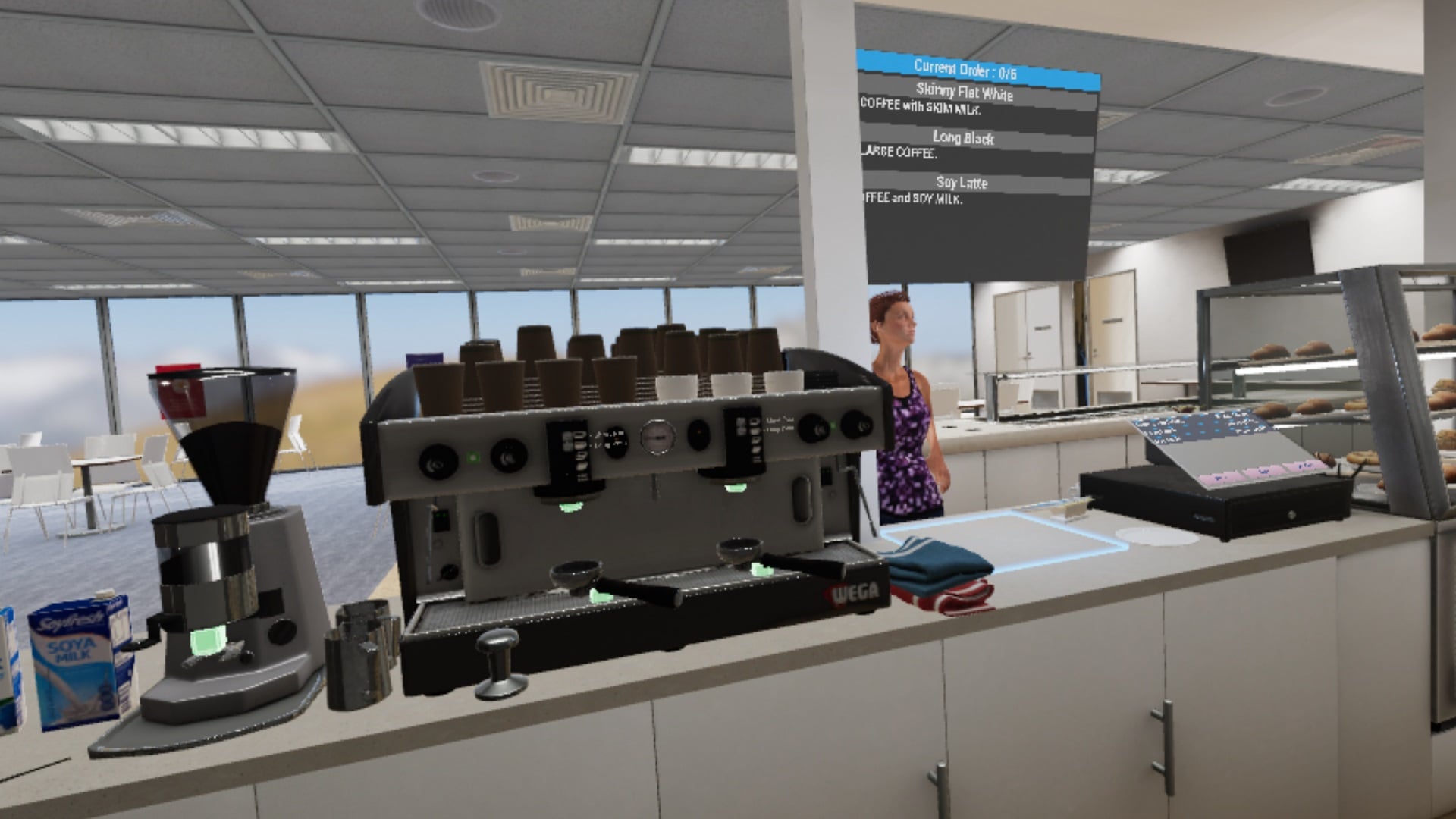Five ways virtual reality is changing the lives of those living with disabilities
When it comes to learning history, there are certain students find that simply cannot connect with the material. It’s not so much the sOne of the most exciting aspects of virtual reality (VR) and augmented reality (AR) technology is the discovery of almost endless applications. WIth such a wide variety of industries making investments in the technology, we are really starting to see how VR can change the world, starting by with just one person at a time.
During our time working with the fantastic Endeavour Foundation, the team at Immerse Enterprise was able to have a first hand experience in seeing how VR could quite literally transform the lives of disabled people. From assisting someone living with disabilities in their day to day lives through the experiences that we have created to providing therapy for someone who is in a state of recovery, VR is expanding to offer experiences that were out of reach just a decade ago. Here are 10 ways in which virtual reality can truly improve the lives of those who are living with disabilities.
Learn New Employment Skills

Adapting to a workplace environment can be a challenge for someone who is mentally or physical disabled. Not only are they exposed to higher pressures depending on which job they are placed in, when mistakes are made this can feel like an incredibly stressful experience.
Through dedicated VR experiences such as our Barista Simulation, disabled people are placed in a simulated environment that resembles a potential workplace. This allows the user to better understand the requirements and demands of the job without feeling too overwhelmed if they happen to make a mistake. It may also give employers insight into how a user performs in a training environment before moving them to the physical workstation, following the development of their new found skills.
Increase Safety Awareness
Most of us experience anxiety on varying levels when dealing with stress and the burdens of everyday life. For someone with a learning disability such as autism, these feelings of anxiety and being overwhelmed can manifest more frequently. Walking down a main road to the railways station to take the train for example can feel incredibly stressful and unpleasant.
Through VR, we are able to recreate these environments to simulate how a person would be perform in the real world. Take for example our railway station simulation created for Endeavour Foundation. By recreating the road crossing and railway station, we are can take the user through the steps of boarding a train during the day, something that someone with learning disabilities may normally struggle with. This gives them the opportunity to perform the actions in a safe learning environment, allowing them to familiarise themselves prior to going out the real world. From there they are able to take on the task without overloading on sensory data and putting themselves in potential harms way.
Experience the Impossible

For many people living with disabilities the limitations placed on them by their physical bodies can be a burden.
Those who had experienced an active lifestyle prior to becoming disabled have an even greater challenges as they come to terms with their disability. Fortunately VR offers a solution in the form of experiences that take us beyond the limitations of our physical bodies. These experiences range from sports such as mountain climbing, surfing and paragliding to seeing incredible sites such as the Himalayan mountains or the Great Barrier Reef.
Throughout these experiences, people living with disabilities can immerse themselves in environments that are inaccessible to them or too difficult for them to perform the activity safely. This gives them the opportunity to virtually get a taste of everything the world has to offer.
Recover from Trauma and Injury
Using VR to treat physical disabilities has also shown to be quite promising. For example, a stroke victim who has lost control of their left hand yet retains movement in their right hand, can place a VR headset on and see a 3D image of their left hand moving as they move their right hand instead.
In the case of Swiss VR Neuroscience startup, MindMaze, this has been shown to trigger points in the brain that essentially regain control over movements in paralysed areas of the body. In a way this tricks the brain into responding as it perceives movement that is not occurring in reality, effectively accelerating the rate of recovery.
Practice Social Skills
Living with Asperger’s Syndrome can make it a challenge for people to understand emotions and social cues when communicating with others. What can often be a misunderstanding can come across as a dismissal or rejection to someone who is speaking with a person with diagnosed Asperger’s Syndrome. This can cause distress for both parties, even more so for the person living with the condition as they may struggle in many social situations.
A study completed in 2013 found that VR has had a positive impact on young people with autism in better understanding emotional recognition and social functioning. This later translated to a better social and occupational functioning following the 10 training sessions across five weeks. This provides people living with Asperger’s Syndrome the chance to develop their social skills in a non threatening, fun environment before putting their skills to work in the real world.
